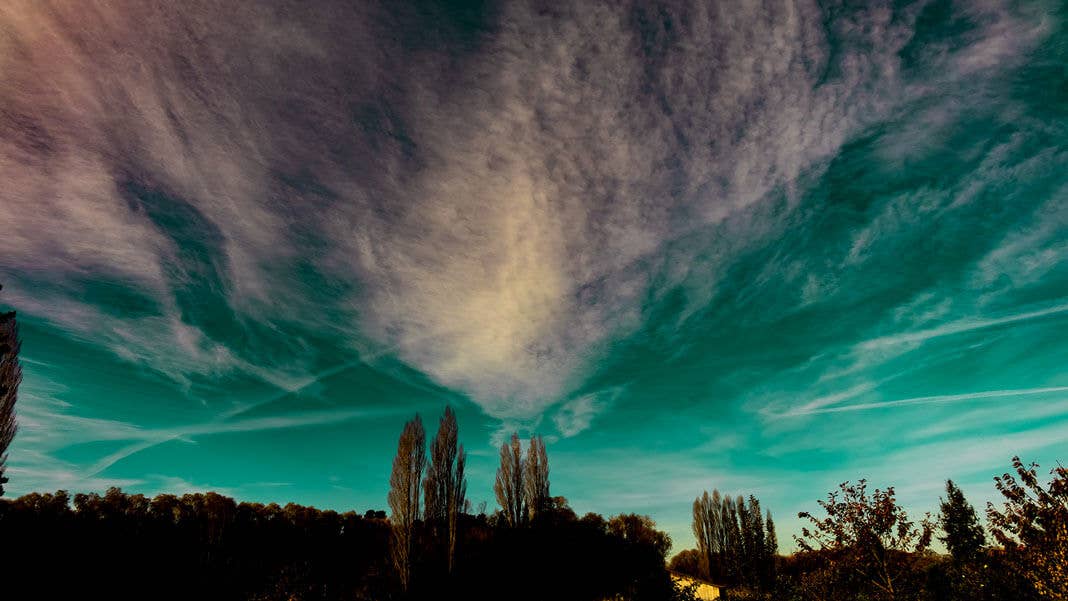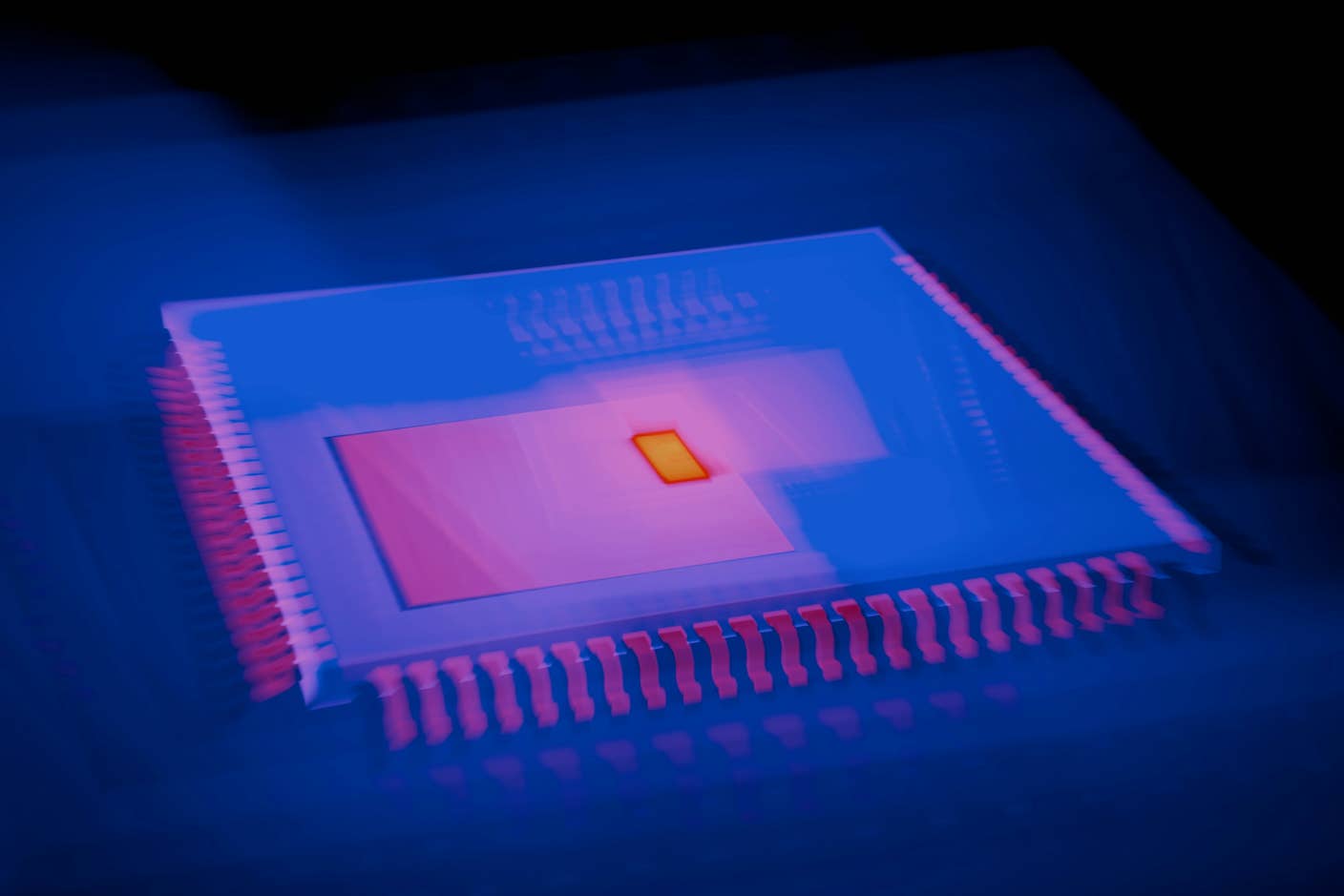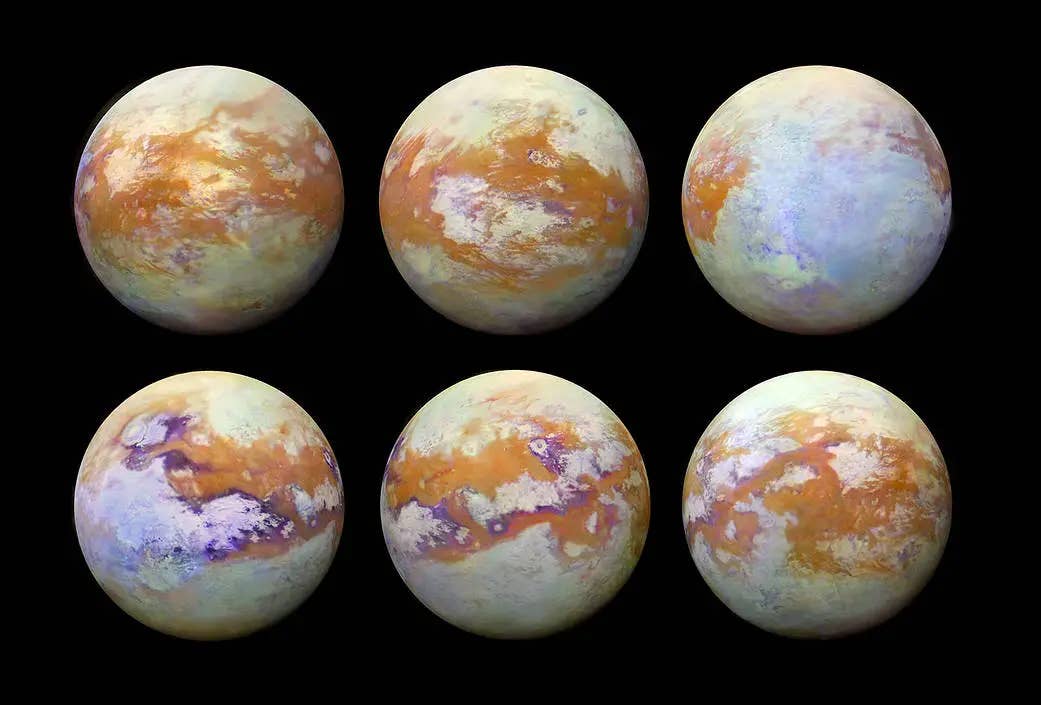Will These Massive Geoengineering Projects Fix the Earth—or Break It?

Share
From planting continent-long forests to inducing rainfall, researchers have begun proposing, testing, and in some cases implementing large-scale geoengineering projects to radically transform the planet. These projects are designed to solve problems such as desertification, drought, or excess carbon dioxide in the atmosphere, all with the ultimate goal of combating climate change.
A recent report by the US Global Change Research Program and 13 other federal agencies details the impact of unchecked climate change, such as costing the US economy hundreds of billions of dollars per year due to an increased frequency of extreme weather events and a decrease in crop yields, among others. This has created a renewed push for radical solutions, but some of these have faced significant opposition, as has geoengineering as a whole.
Opponents argue that humans do not sufficiently understand the complexity of global, natural cycles, and tinkering with them might cause more problems than it solves.
Great Green Walls
One type of project already underway in more than one location is the building of green walls across large swaths of the planet. These are made of indigenous vegetation and planted on the edge of deserts to stop the desertification of the surrounding area. That is, the land on the edge of deserts is already prone to drought and overworked by the communities living there, creating a vicious cycle and leaving inhabitants struggling to survive. Green walls and supporting efforts are meant to rejuvenate the land, making large areas of the planet more liveable.
The two biggest walls are the Three-North Shelter Forest Program in China, which is 4,500 kilometers long and aims to stop the spread of the Gobi Desert, and the Great Green Wall of Africa, which is 8,000 km long to curtail the Sahara.
The walls’ success depends on tracking long-term changes in vegetation patterns, and, to do this, researchers depend on decades worth of satellite imagery and algorithms known as augmented visual interpretation to analyze the images. Collect Earth, a joint effort between Google and the UN Food and Agriculture Organization, created an open-source interface that allows researchers to access all this data.
Blocking the Sun
Last year Harvard scientists ran a test that involved sending trace amounts of aerosol—not enough to have any significant effect—into Earth’s stratosphere, roughly 20 km high. The aerosols contain compounds like sulfate, which can reflect incoming sunlight and reduce global temperatures.
A paper published in 2017 in the journal Atmospheric Chemistry and Physics claimed injecting aerosol into the atmosphere essentially mimics the ash plume from a volcanic eruption. Also, like an ash plume, once injected into the lower stratosphere, the aerosol will quickly spread out, thus affecting large areas of the planet.
Researchers are also looking into launching a giant parasol into space to manage the amount of solar radiation hitting Earth. This idea has been around for decades, but has only recently gained momentum.
For example, a 2018 paper from the Journal of Aerospace Technology and Management describes launching what the authors call the HSS, or Huge Space Shield. The plan is to put a thin, wide sheet of carbon fiber into a Lagrange point, which is a relatively stable point in the complex system of gravitational pulls between the Earth, moon, and sun. The sheet would only block a small portion of solar radiation, but it could be enough to drop global temperatures below the 1.5 degrees Celsius limit set by the International Panel on Climate Change.
Others want to block the sun by stimulating cloud formation, a process known as cloud seeding. For rain to fall, moisture in the air needs to condense, meaning it needs the temperature to drop and something to condense around—an interesting concept called nucleation. Naturally, water droplets nucleate around dust particles, pollen, sea salt, and even bacteria, but scientists have confirmed that compounds like silver iodide or dry ice can work just as well. The plan is to inject the atmosphere above drought-prone areas with these substances, thus increasing cloud cover and rainfall.
Be Part of the Future
Sign up to receive top stories about groundbreaking technologies and visionary thinkers from SingularityHub.


Removing CO2 from the Atmosphere
Direct Air Capture (DAC) involves a cocktail of chemicals that bind to CO2 but are inert to other gases. As air passes through DAC machines, also known as artificial trees, the CO2 adheres to the chemicals and is released again when excited by energy, allowing it be captured, stored, and recycled or reused. A Swiss company called Climeworks has built the only commercial plant designed to capture and resell CO2. Their goal is to capture one percent of global CO2 emissions by 2025.
Removing CO2 from the atmosphere can be done by seeding the oceans as well, which are one of the planet’s major carbon sinks, responsible for removing about 30 percent of CO2. The top two ways of doing this are with iron and lime. Iron fertilization is meant to stimulate the growth of phytoplankton, which sucks CO2 from the atmosphere and helps deposit it on the seafloor.
In a Korean paper published in 2018, the authors looked at the last 25 years of iron seeding experiments, with the conclusion that it could be a viable solution, although they acknowledge that much more testing is necessary. Adding lime would cause a reaction with the CO2 already dissolved in the ocean and convert it to bicarbonate ions, thus reducing the acidity of the oceans and making them receptive to absorbing more CO2.
Is the Cure Worse Than the Disease?
While these ideas seem promising, there’s an array of potentially harmful effects. In 2008, 191 countries approved a UN ban on ocean fertilization out of fears of unknown side effects, such as altering the food chain or creating regions of low oxygen concentration. The Rhode Island state legislature passed the Geoengineering Act of 2017, which claimed that “geoengineering encompasses many technologies and methods involving hazardous activities that can harm human health and safety, the environment, and the economy of the state of Rhode Island.”
Despite opposition, some companies are lobbying governments for pemission to go through with geoengineering plans, and scientists continue devise and experiment with new ideas. But some of the supposed benefits of these plans are being called into question. A paper recently published in Nature claims that reducing the amount of solar radiation hitting the surface of the earth will do little to stop the harmful effects of climate change on crops.
The question is, of course, do we really know enough to engage in geoengineering? What if large-scale cloud seeding, for example, alters the jetstream and delays the monsoon season across Southeast Asia? What would this do to rice crops? Or what if dumping tons of iron into the ocean destroys the fish population along the coast of Chile?
Nobody knows for sure what impact these geoengineering projects might have—but it’s also possible they are the solutions we have been looking for.
Image Credit: FoxPix1 / Shutterstock.com
Scott is currently doing research and editing for the UN. He's most interested in sustainable energy, global politics, and cryptocurrencies. In his spare time, he enjoys reading and being outdoors.
Related Articles

Single Injection Transforms the Immune System Into a Cancer-Killing Machine

This Light-Powered AI Chip Is 100x Faster Than a Top Nvidia GPU

This Week’s Awesome Tech Stories From Around the Web (Through December 20)
What we’re reading